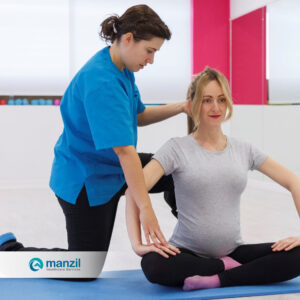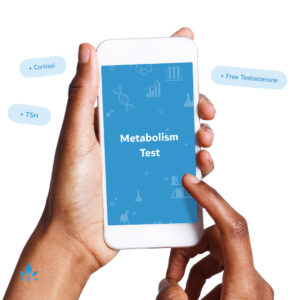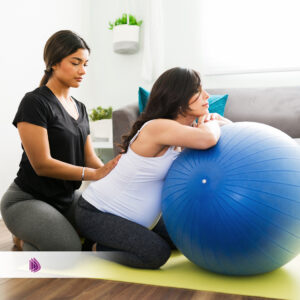What is Nursemaid’s Elbow?


Many young children love being swung by their arms, hanging between their parents, but this can be a dangerous game and potentially cause injury to a child’s elbow.
How does it happen?
Any forceful pulling of a child’s arm can cause the elbow to slip out of joint, resulting in a nursemaid’s elbow. The name comes from nursemaids in years past, who used to jerk the children out of harm’s way in the street, inadvertently dislocating the elbow. Other names to describe this common condition include radial head subluxation or annular ligament displacement. Nursemaid’s elbows usually occur in children under the age of 5 but can occasionally be seen in older children.
If a child is yanked upward, swung, or even if the child falls onto the outstretched elbow, it could cause the elbow joint to separate slightly, allowing the annular ligament to become trapped in the space between the bones. Children with a nursemaid’s elbow will typically complain of pain immediately after the injury, often holding the affected arm close to their side, unwilling to move it spontaneously. Often, the arm will be slightly bent with the palm facing the child and typically there is no swelling. Often, the initial pain will subside, and the child will only cry if he attempts to move the affected arm.
Treatment
Seek medical attention right away if you suspect nursemaid’s elbow. Pediatricians are trained to evaluate children in order to rule out more serious problems, such as a fracture. Usually, the diagnosis is obvious and further testing, such as x-rays, are not needed. However, if the injury was unwitnessed or there is any local tenderness or swelling over the area, an x-ray may be useful to determine the cause.
Correction of a nursemaid’s elbow involves a simple technique of manipulating the arm to slide the ligament back into proper position. The pediatrician will rotate the arm while bending or straightening it, depending on the technique used. Often there is an audible popping sound, reassuring parents that the ligament has been put back in the proper position. While the child will likely cry during the manipulation, he or she will resume complete movement of the arm as soon as the procedure is completed.
Some children will have multiple recurrences of nursemaid’s elbow. While this does not harm the arm, it can be a nuisance to both parents and children. Some pediatricians will teach the manipulation technique to parents to avoid multiple offices or ER visits. Children will outgrow this problem as their ligaments eventually tighten, usually after the age of 5.
Sources:
- American Academy of Pediatrics
- Nursemaid’s Elbow.
Pediatrics - A Comparison of Supination/Flexion to Hyperpronation in the Reduction of Radial Head Subluxations.
Pediatrics in Review - Nursemaid’s Elbow.
Powered by Bundoo®













































